A Mortal Moment: Heartbreak Drives This New York Artist’s Compelling Dallas Show
BY Linden Wilson Jobe // 11.10.17Kiki Smith's "Mortal" is on view at Dallas Contemporary through December 17. (Portrait by Tony Krash)
A few days before the late September opening of her Dallas Contemporary exhibition, “Mortal,” artist Kiki Smith sits crosslegged on a folding chair in the middle of the gallery, sipping beet juice from Oak Cliff shop Local Press + Brew.
Soft-spoken and articulate, the 63-year-old New Yorker recalls heartbreaking moments in her life that have influenced her art: the deaths of her mother, an opera singer; a sister, from AIDS; and her father, Tony Smith, a celebrated sculptor, painter, and architect.
Born in Germany but raised on the East Coast, Smith has been the subject of solo shows around the world. She also teaches printmaking at New York University and Columbia University.
Much like her portfolio that spans decades, “Mortal” centers on themes of the human life cycle and the body, featuring prints, sculpture, and Pilgrim — more than 20 mouth-blown, stained-glass panels Smith created in Germany, commanding attention throughout the room where each panel nearly kisses the ceiling.
Her work is evocative and complex, but Smith’s reason for focusing on motifs of birth, love, and death is simple: “It’s not like you’re trying to get anywhere,” she says, “so you just follow where your curiosity takes you.”
Here is Smith in her own words:
Parental Guidance
Everything revolved either around my father’s work or art as a subject. There was not very much of anything else. Later in life, I’m discovering there are other things besides art, but growing up, nothing else held much significance. It was like a mother tongue. It’s something I’m very comfortable in.
On Printmaking
I was very attracted to Bread and Puppet Theater when I was young. Besides puppet shows, they made posters and fanzines that they would sell after all of their performances. To me, that was very generative. My father’s work was generative in that it was based on octahedrons and tetrahedrons for a great while, then putting those together in different variants.
Printmaking is like that — this possibility for repetition and accessibility. Printmaking is a fundamental part of a lot of my work. That then deviates into sculpture and all different kinds of things.
The Creative Process
One tends to meander about. When I first moved to New York, I was trying to learn how to draw. My sister drew still lifes, so I was copying her. Eventually, I started making drawings from Gray’s Anatomy, the anatomical book. It’s about what is catching your attention. It’s some combination between an impetus to do something and some kind of image that you would like to squish that information into.
Medicine as Art
I like anatomy. At a certain point, I thought I should become an emergency medical technician because I thought it was a good thing everybody should know — what to do in emergencies with strangers and loved ones. I had such a subjective interest in bodies that I thought it would be good to study.
How “Mortal” arrived at the Contemporary
In May, Justine Ludwig asked me to make an exhibition. She said, “[The space in the Contemporary] is 10,000 square feet. Can you make a show?” I was like, absolutely not! I can’t do that. Then I thought about this piece, Pilgrim, which I started in 2006 or 2007 and finished in 2010 when I showed it in New York.
I originally made the panels so they’d be along the walls. Then I asked a friend, Bill Katz, who is a designer, to make some kind of stanchion for the instillations. He designed the frames so they could stand autonomous in the room. You can walk through them, like a forest or something. It made it much more dynamic. They’re life-size, so you’re life-size in it, moving back and forth in time and sideways.
Religion and Suffering
Pilgrim is like a completely convoluted, loose story — the annunciation of the life of the Virgin Mary. I was raised Catholic, so I think the reason people are devoted to her is because she has this child that dies, and she suffers the hardship of that. I saw my sister die, and I saw my mother’s hardship and sorrow. Most of the time, gods are represented as being in another realm, whereas the Virgin Mary is very much someone who suffers what humanity suffers.
Texas Connections
I did a residency maybe two years ago at UNT, then I came five or six times over the course of a year. I loved it. There’s something so beautiful and soft about the air here. Texas is a state that has a tremendous amount of support for art privately within their museums. I also came when I was a teenager because the Nasher family supported my father’s work and had pieces of his. I remember going to their home.
About five years ago, I stopped traveling as much as possible. I like having a kind of monastic life, being solitary. Very simple.
“Mortal,” on view through Sunday, December 17, at the Dallas Contemporary, 161 Glass St., 214.821.2522.
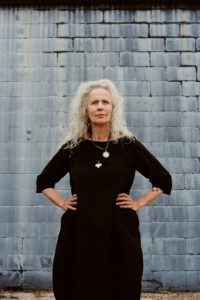


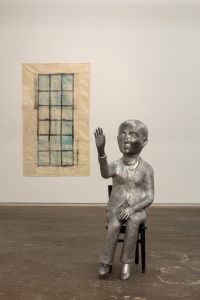
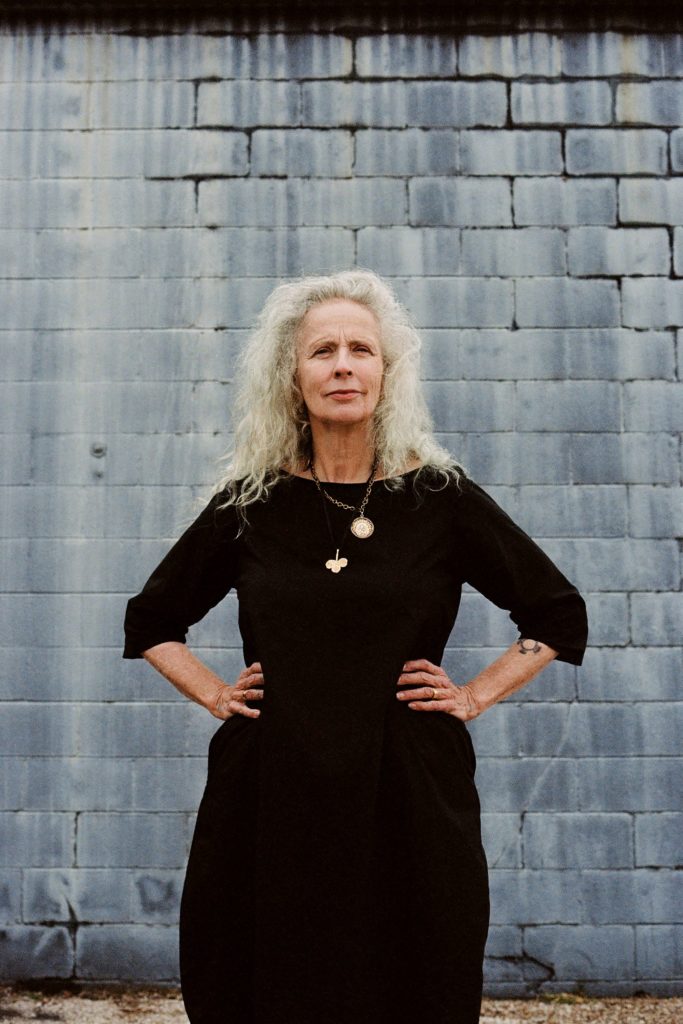

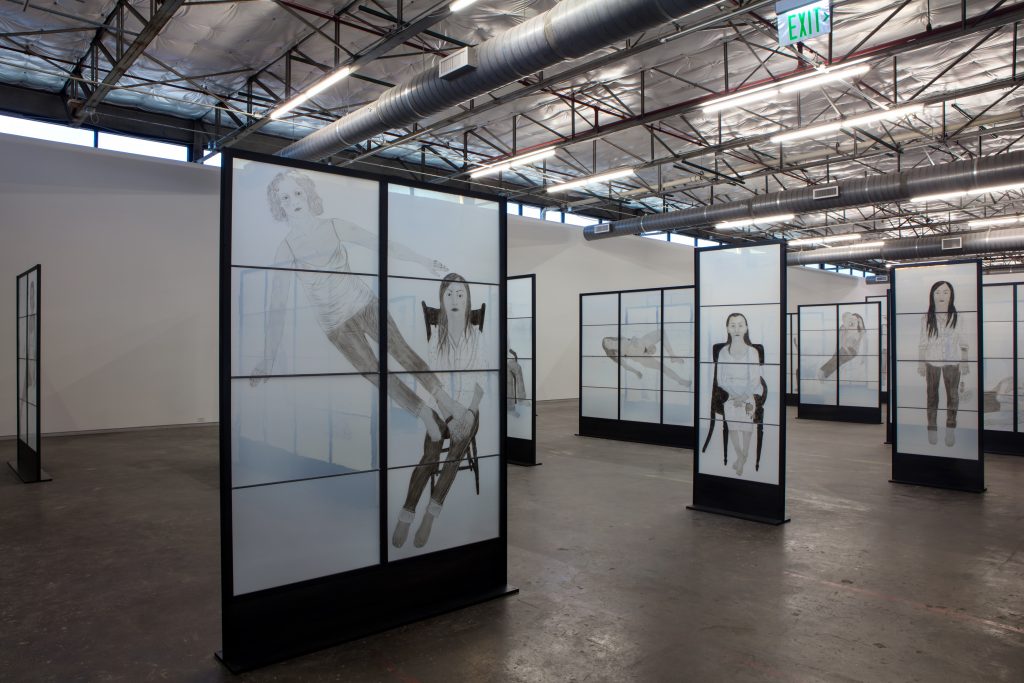









_md.jpeg)













